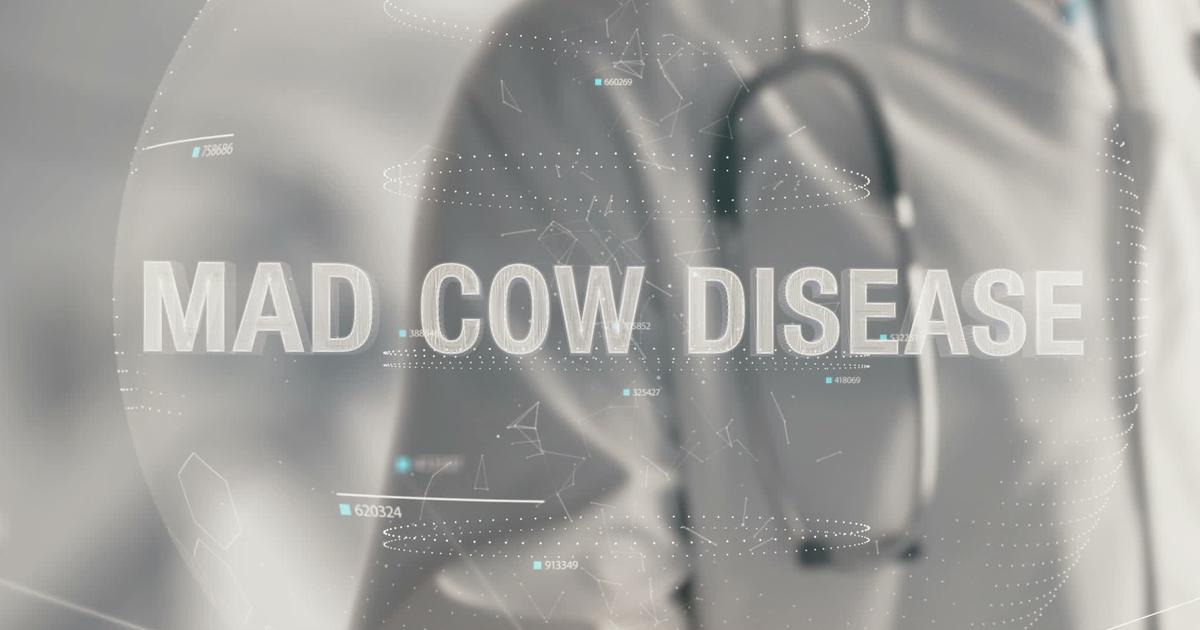What Is Zombie Deer Disease (Chronic Wasting Disease)?
How Humans Are Affected

In terms of how humans are affected, no cases of zombie deer disease have yet been diagnosed in humans. However, scientists believe the disease could be transmitted to humans, just as mad cow disease and certain avian and swine flu strains have been, and they are currently studying potential transmission routes to try to destroy these. Animal studies conducted in squirrel monkeys and rats modified with human genes showed zombie deer disease was capable of being transmitted to these particular animals. In another animal study, macaque monkeys were fed meat infected with the disease, and the monkeys then contracted chronic wasting disease themselves. Cellular studies in Petri dishes have shown the prions associated with chronic wasting disease can infect human cells, and experiments are currently being conducted on environmental samples such as rocks or wood covered with infected prions. When placed in cages with hamsters, the hamsters have developed chronic wasting disease. Although these animal and cellular studies raise concerns about the potential for transmission to humans, more research is needed, and some contradictory evidence has emerged. In 2005, a group of individuals ate venison exposed to chronic wasting disease, and scientists have been tracking their health since that time. So far, no one in the group has developed any symptoms associated with chronic wasting disease. Scientists believe the disease could still be incubating in their bodies, and it is also possible they might have been exposed to a mild version of the disease or the prions could not infiltrate their cells for some reason.
Discover treatment for chronic wasting disease next.
Treatment Options

Currently, no curative treatment options exist for chronic wasting disease, and scientists can only recommend practices that could contain the disease in the animal population. However, containment can be very difficult since tests for the condition can only be done after an animal has died, and results can take up to two weeks. Currently, treatment options would focus on treating the symptoms instead of attempting to cure the disease. If the disease did transfer to humans, patients would be given supportive care such as oxygen therapy, breathing assistance, anticonvulsants, and intravenous fluids. Scientists hope one day a vaccine or an oral treatment may be available for both animal and human use. Researchers are also looking into the development of a test that could rapidly identify whether a piece of deer meat is infected with zombie deer disease. This would help hunters protect themselves and make an informed choice about whether to eat the meat of a particular animal.
Learn about how to prevent zombie deer disease next.
